Foldable iPhone – 5 key rumored features, from a liquid metal hinge to the return of Touch ID
Apple could hit the ground running with its first foldable
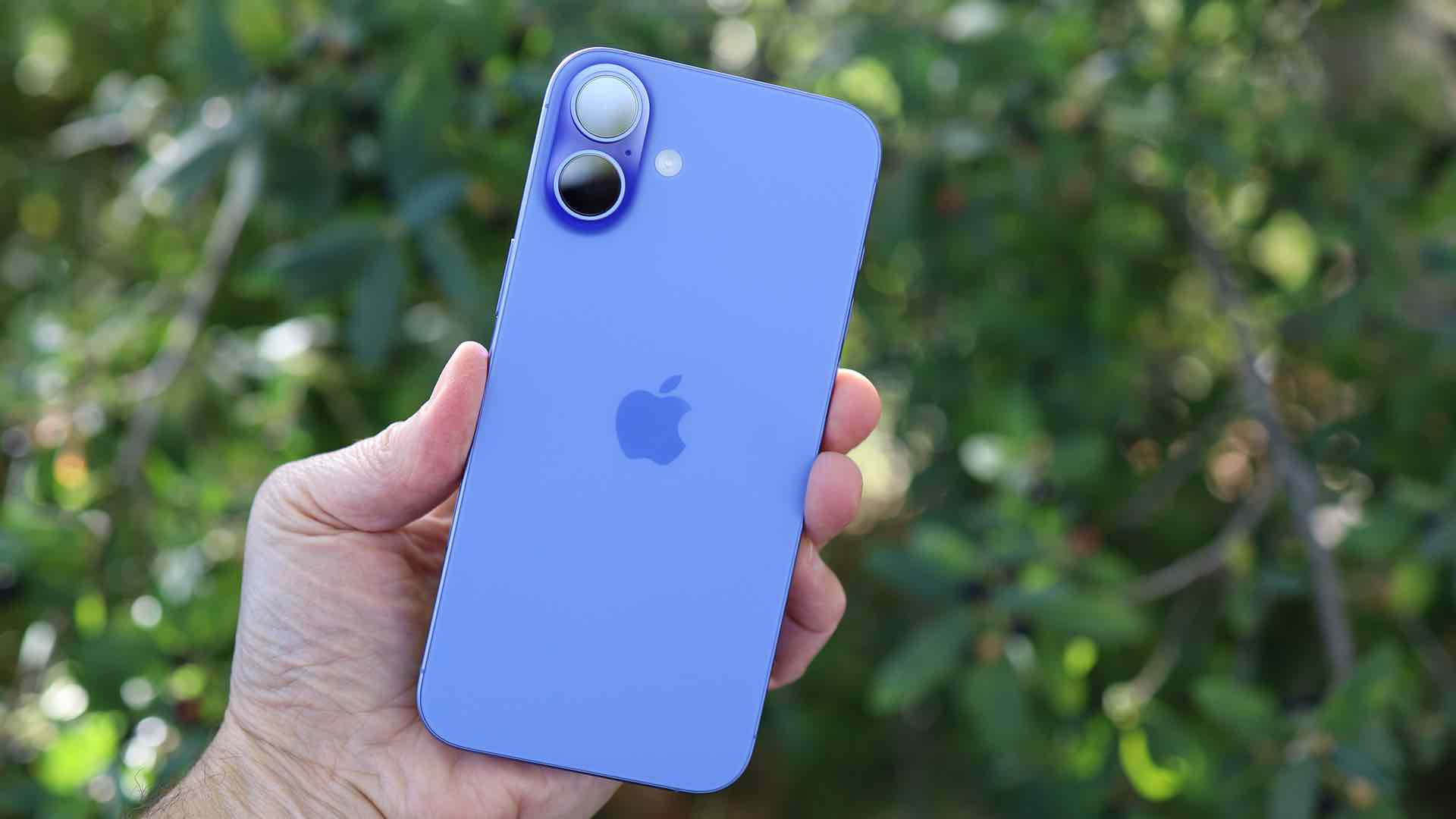
The foldable iPhone is still probably quite a long way off, with most leaks suggesting that it won’t land before 2026. However, that still puts it much closer to launching than it's ever been before, and we’re starting to get a clearer picture of what form Apple’s first foldable phone might take.
While nothing is known for certain just yet, leaks and rumors are painting an interesting picture of a folding iPhone with some cutting-edge tech and the return of at least one much older feature.
Below, then, you’ll find the five biggest rumored foldable iPhone features so far, including speculative details about its design, cameras, battery, and beyond.
An ultra-slim design
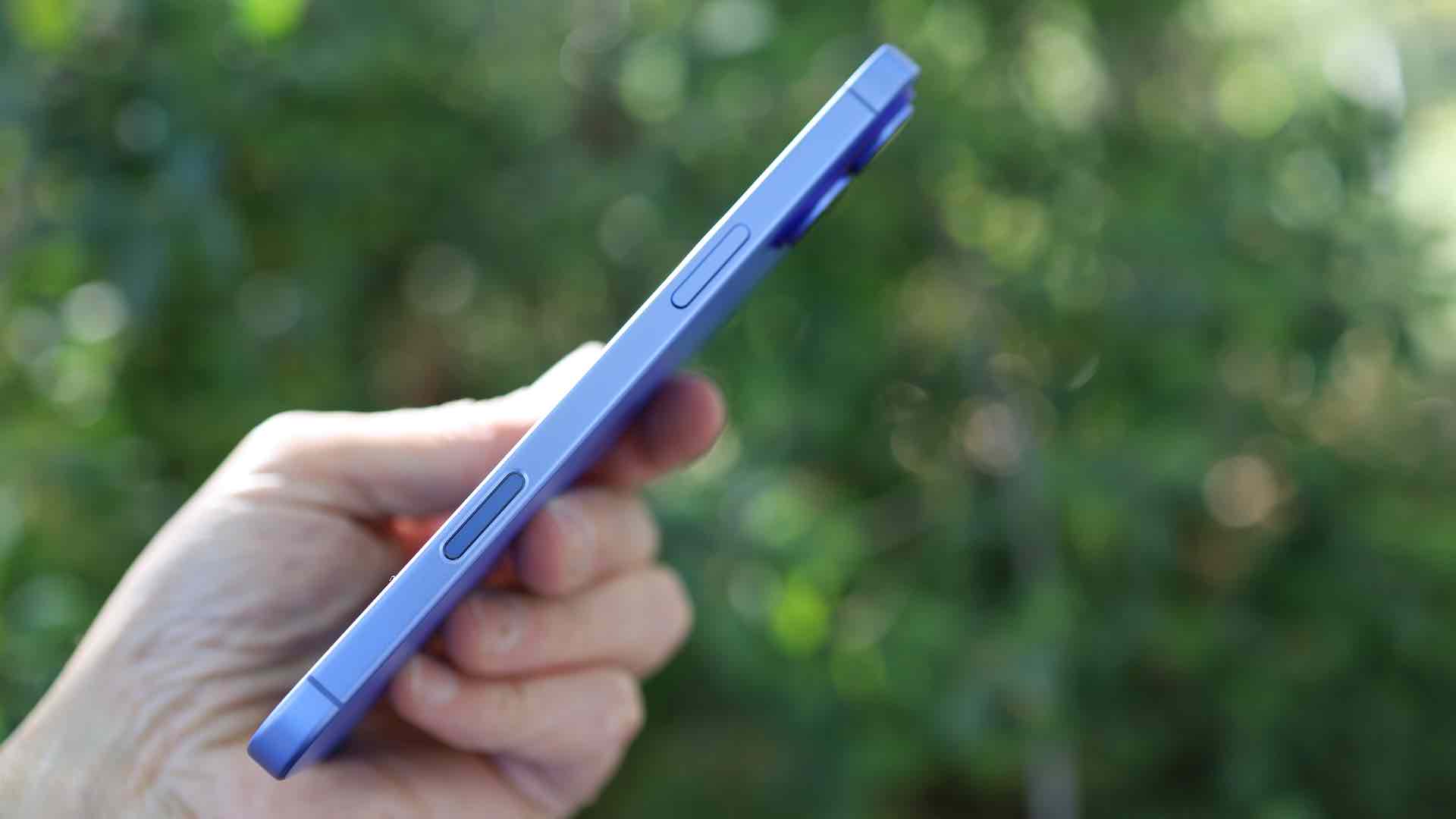
One issue faced by foldable phones is an overly thick design when folded, but it’s a problem the foldable iPhone might not face. According to one reputable source, Apple’s foldable could be just 9.2mm thick when folded and 4.6mm thick when unfolded.
For comparison, the Samsung Galaxy Z Fold 6 – which the foldable iPhone is likely to have a similar form factor to – is 12.1mm thick when folded and 5.6mm when unfolded, so the foldable iPhone could be significantly slimmer.
Of course, by the time it launches, the foldable iPhone will be competing with the Samsung Galaxy Z Fold 7 and perhaps even the Samsung Galaxy Z Fold 8, but Samsung has some work to do if it wants to deliver a competitor that’s as thin as Apple’s first foldable phone is rumored to be.
A super-durable liquid metal hinge
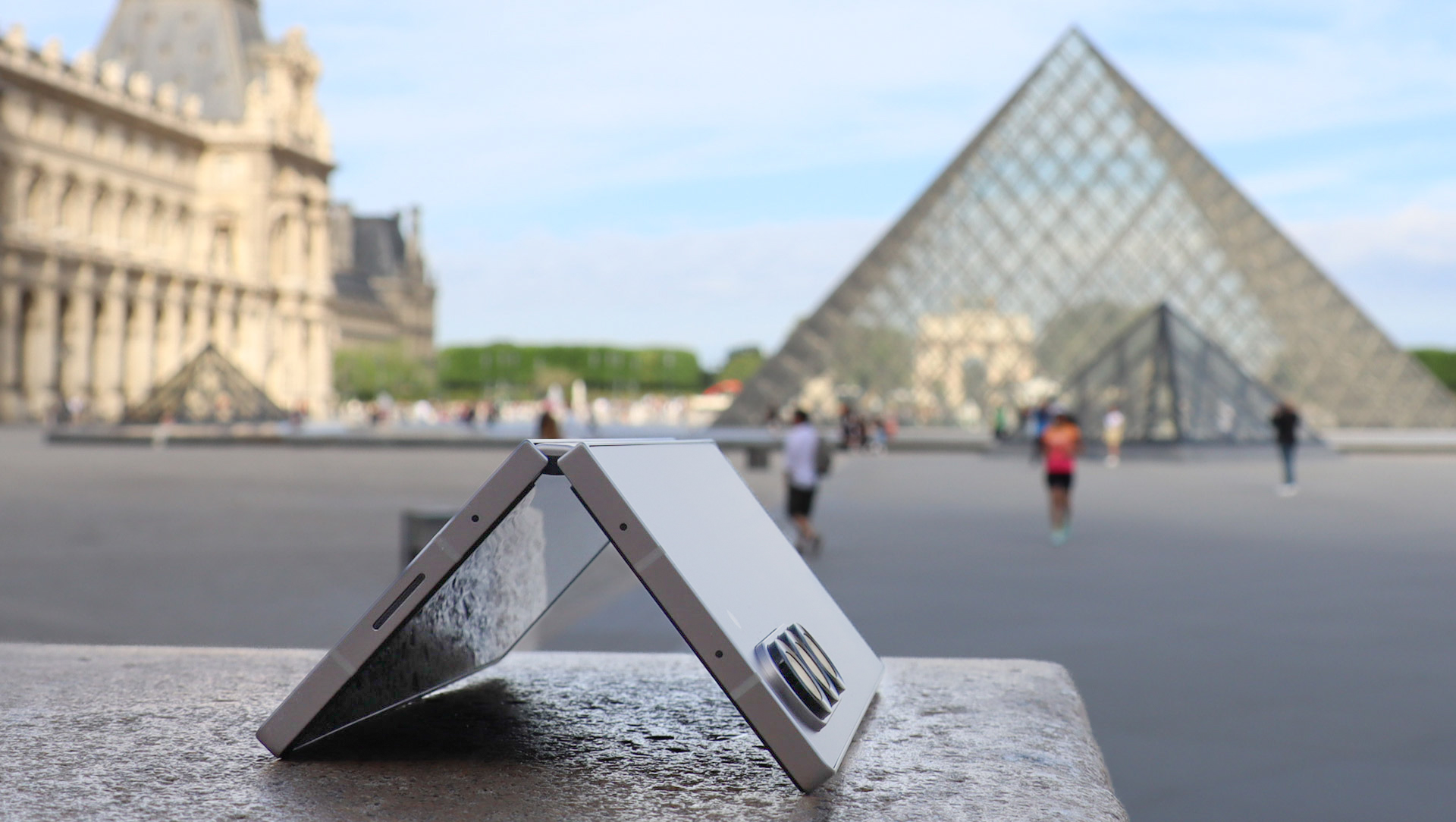
As well as slimming things down, the foldable iPhone could also be toughening things up, as multiple sources have suggested it will use a liquid metal hinge.
Get daily insight, inspiration and deals in your inbox
Sign up for breaking news, reviews, opinion, top tech deals, and more.
This material is said to be 2.5x stronger than titanium, which should help the hinge stand up to any accidents, and will presumably mean it can withstand being opened and closed many more times than rival foldables.
A liquid metal hinge could also apparently reduce the display crease, so the foldable screen on this handset may look much flatter and more aesthetically pleasing than the displays on other foldable phones.
Surprisingly solid battery life
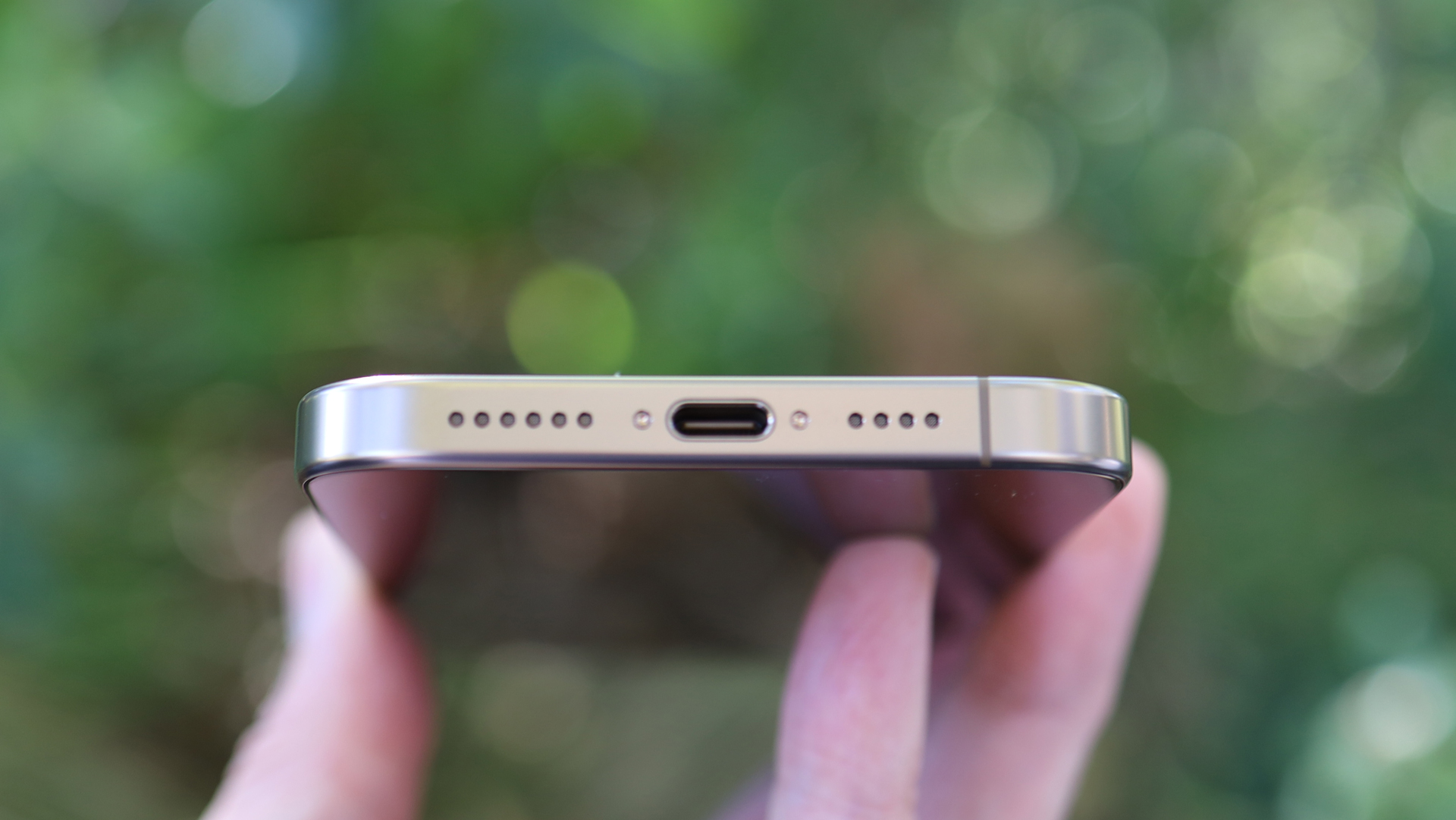
Despite being large in size, foldable phones often have quite small batteries. This is understandable, given the need to make the phones thin and to fit multiple screens and a hinge into them, but it’s also not ideal, since their large displays can eat through energy a lot faster than those on their non-foldable counterparts.
It’s unlikely that Apple will completely solve this issue with the foldable iPhone, but from what we’ve heard so far, it might do a better job than most rival handsets.
It’s reported that Apple is prioritizing battery life on the foldable iPhone, and it could achieve this in a few different ways. For one thing, the foldable iPhone might have a surprisingly large 5,000mAh battery, according to one source.
For comparison, the Galaxy Z Fold 6 has a 4,400mAh battery, so a 5,000mAh cell would be significantly bigger, and would also have the capacities of most other foldable phone batteries beat.
The company might achieve this by using a battery with a high energy density, so it can fit more capacity in a smaller space. This is tech that Apple is reportedly set to debut on the iPhone 17 Air, before then using it in the foldable iPhone.
And Apple might also reduce the size of the display driver integrated circuit, which could improve efficiency, so the foldable iPhone’s screen doesn’t require as much battery power as other similar-sized displays in the first place.
Only two cameras
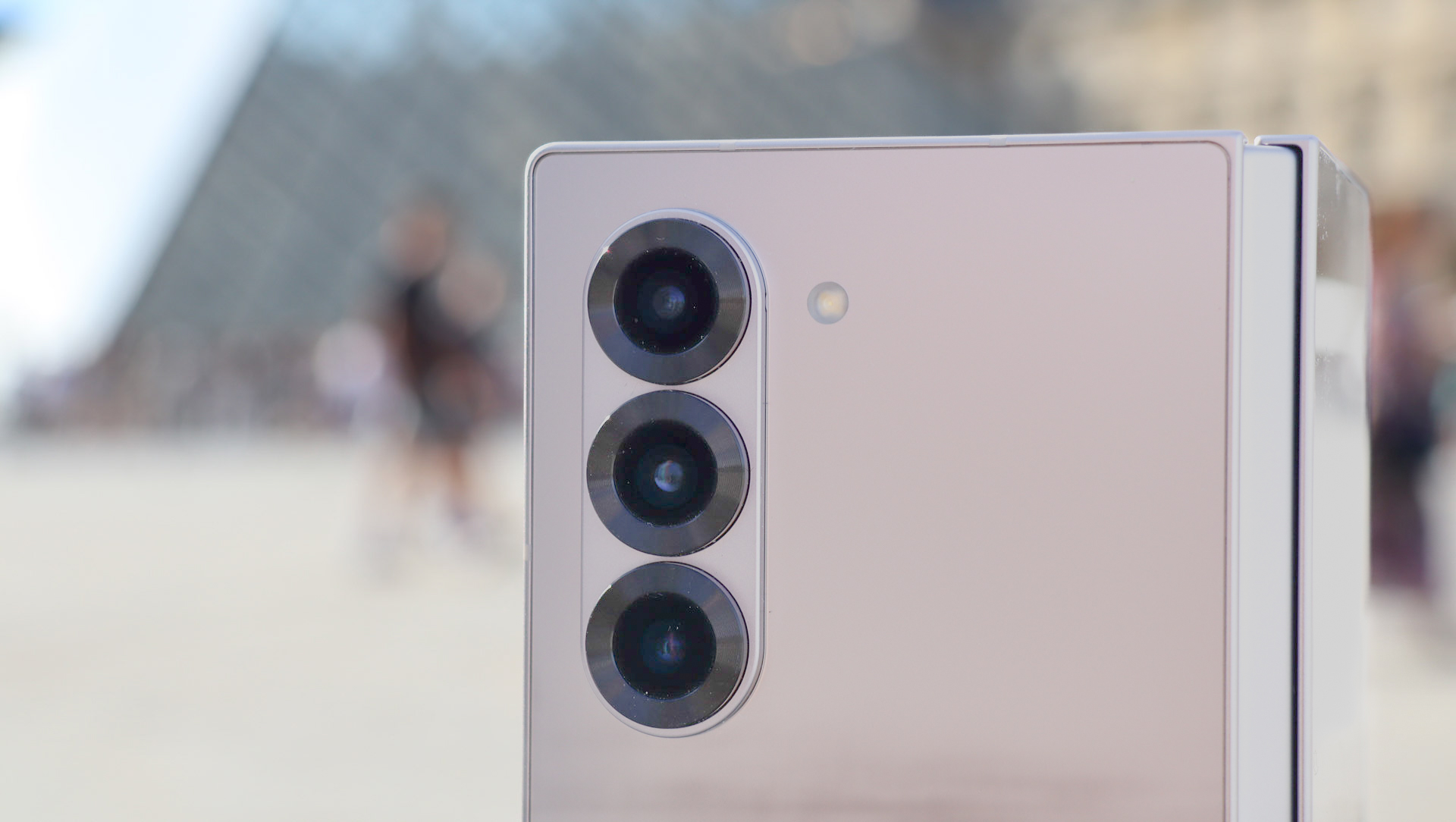
Not every rumor about the foldable iPhone is positive, as we’ve also heard that it might only have two rear cameras.
That would put it in line with the iPhone 16, but it would be one camera fewer than the likes of the iPhone 16 Pro and iPhone 16 Pro Max have. It would also be one camera fewer than the Galaxy Z Fold 6 and most other rival foldable phones have.
Multiple sources have suggested that the foldable iPhone will only have two rear cameras, with one stating that – unsurprisingly – it will get wide (main) and ultra-wide snappers, while a telephoto lens won’t make the cut.
Having one less camera than rivals might help keep the cost down – though with leaks suggesting a price of upwards of $2,000 (around £1,540 / AU$3,175), this phone is likely to be anything but cheap.
The return of Touch ID
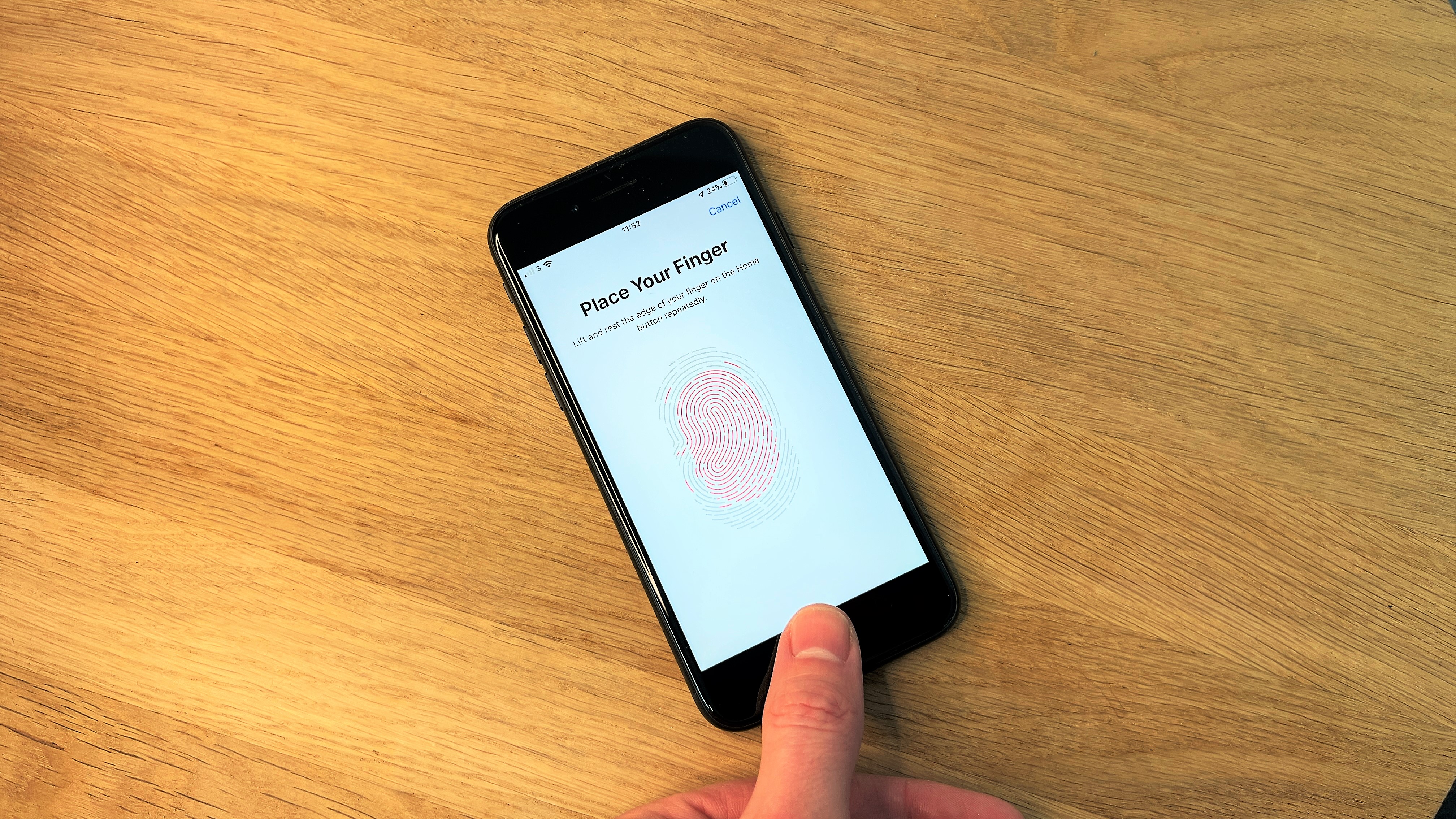
One of the more unexpected things we’ve heard about the foldable iPhone is that it might feature Touch ID – Apple’s fingerprint sensor, which on most recent devices has been replaced with Face ID.
We hadn’t expected Apple to bring this feature back to any phones, and if it did, we’d think it would do so via an under-display scanner like the fingerprint sensors on most high-end Android phones. But according to one leak, this sensor will instead be placed in the side button of the foldable iPhone.
We’d take this claim with a pinch of salt, but it comes from analyst Ming-Chi Kuo, who is among the more reputable sources when it comes to Apple information, and there could be a good reason for it, with Kuo saying that “Face ID may be absent due to thickness and internal space constraints.”
You might also like
- Best foldable phones: all the top flip phones and foldable tablet phones
- iPhone 17 Air – 5 key rumored features, from an ultra-thin frame to so-so battery life
- iPhone 17: latest news and rumors for every expected model
James is a freelance phones, tablets and wearables writer and sub-editor at TechRadar. He has a love for everything ‘smart’, from watches to lights, and can often be found arguing with AI assistants or drowning in the latest apps. James also contributes to 3G.co.uk, 4G.co.uk and 5G.co.uk and has written for T3, Digital Camera World, Clarity Media and others, with work on the web, in print and on TV.
You must confirm your public display name before commenting
Please logout and then login again, you will then be prompted to enter your display name.